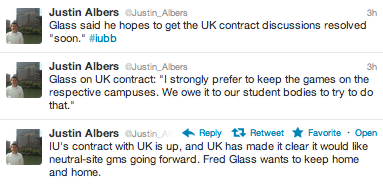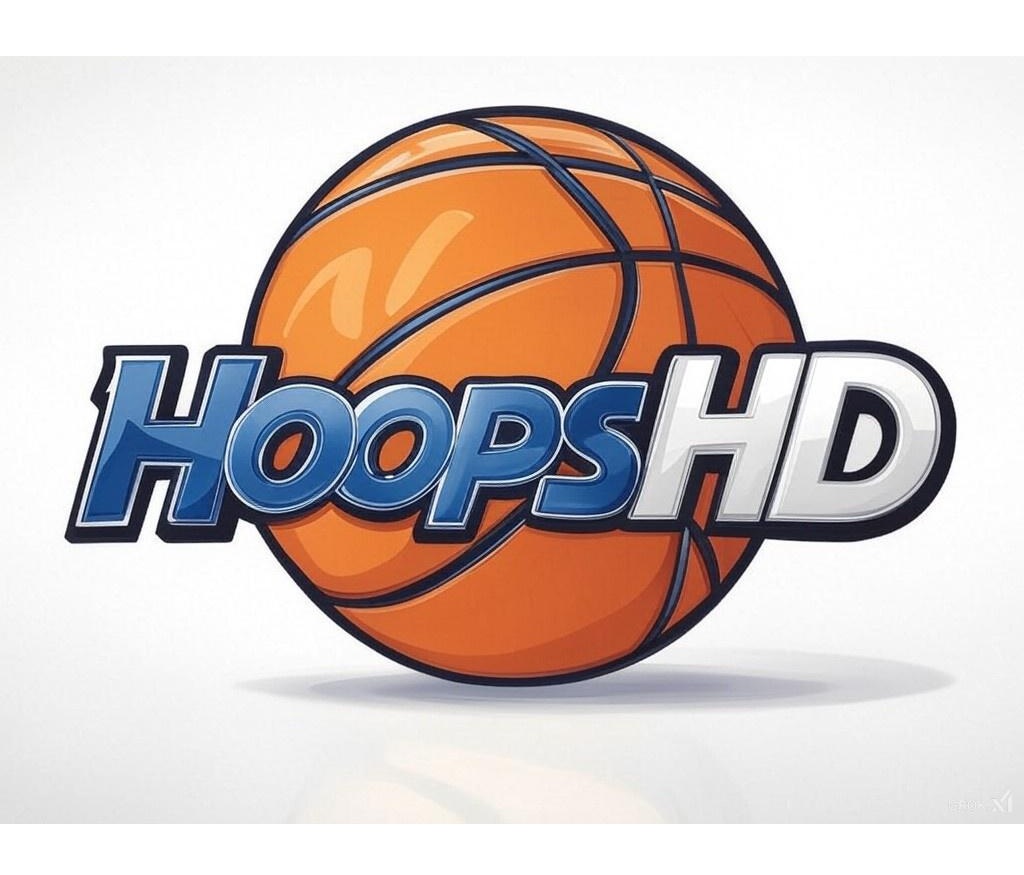May 1. The NBA playoffs are going strong. Olympic Basketball is just around the corner. And college hoops is completely off the radar. Sure, there is some talk out there. The WAC continues to lose members. SMU apparently is grossly overpaying Larry Brown for nothing but name recognition. But the teams and players themselves are for the most part “out of sight and out of mind”. So, what is there to discuss as we slowly wind ourselves through those long months until Midnight Madness begins a new season of practices and games?
My intent is to spend the next two months revisiting the year that was 2012. This column is the first of a series that will run through the end of the 2011-2012 NCAA athletic year. Come the start of the new year on July 1, we will turn to new topics. Of course, I am not going to be focusing on the “Big Boys”. Yes, Kentucky had themselves a pretty good year and cut down some nets in the end, but before we ever reached that point, there were some major accomplishments by the little guys. The Small/Mid-major conferences and schools.
This was the year of the 15 seed. Norfolk State upset Missouri. Lehigh shocked everyone by knocking off mighty Duke. It was also a banner year for the state of South Dakota, as they put their first ever team into the NCAA tournament, leaving Alaska and Maine as the only two states never top have a school in the Big Dance. Finally, this year saw the end of the longest streak of failing to qualify for the tournament by a team that had qualified at least once before. Harvard returned to the Dance for the first time since 1946, passing the title of longest time since their last appearance to conference mate Dartmouth who has not been since 1959 (and speaking of states, Dartmouth is the only school from New Hampshire ever to make the field, giving that state the longest active drought as well).
In much lesser known news, this was also the best year ever for the Great West conference. In addition to having North Dakota qualify for the CIT tournament through the league’s “automatic bid” as conference tournament champions, Utah Valley received an at-large invite to the CIT. In its short existence, this was the first time the Great West had ever qualified two teams for postseason play. This year also saw the rare feat of an independent school receiving a postseason invite. Cal State-Bakersfield was invited to participate in the CIT, giving the Roadrunners their first ever Division I postseason appearance. Bakersfield as not been able to, as of yet, turn that into a conference invite. The school at one point was on the verge of an invitation from the Big West, but with much more attractive options such as Hawai’i and San Diego State having come along due to realignment, that membership is all but dead. Perhaps if the WAC somehow survives as a non-football conference, the school may be able to finally find a home for its basketball team (their baseball team is currently an affiliate member of the WAC). Heading into next season, with Seattle, Longwood, and Nebraska-Omaha all slated to join conferences, CS-Bakersfield may end up being the last of the independents, though what happens with the remains of the WAC and the Great West (which is going to be down to only four members in two years), remains to be seen.
There were also programs that experienced the exact opposite of banner years. Towson, Binghamton, Grambling, Kennesaw State, South Carolina State, Tennessee-Martin, and Navy were all particularly woeful this season. But hope does spring eternal, as was shown by the Savannah State Tigers. Just a few years removed from being one of the outright worst overall programs in Division I, Savannah State won the MEAC regular season title and received an automatic bid into the NIT. This was a truly remarkable turn-around for a program that just a few years ago looked like they would be better off dropping their sports down to a lower division.
One final note about dropping down to a lower division that came out of this season: the New Orleans Privateers. Once a proud program, New Orleans disappeared from Division I entirely this season, having decided at first to play Division 3 and eventually deciding to move to Division 2 instead. This season was the first of their “transition” down to the lower level. While it has not been uncommon for a school to announce a transition up to Division I and then give it up after a season or two, New Orleans is apparently working in reverse. The last word was that they have given up on their “downward transition” and will remain a Division I school after all. So, expect the Privateers to return next season, though it remains to be seen if they will have a conference affiliation.



